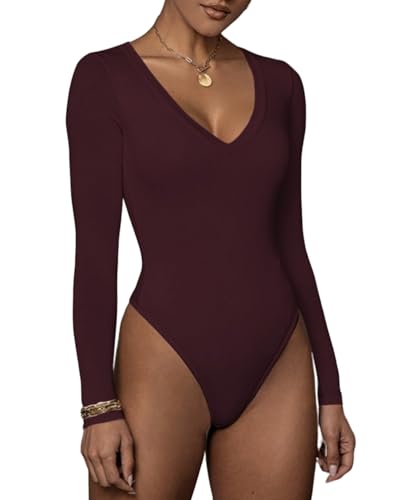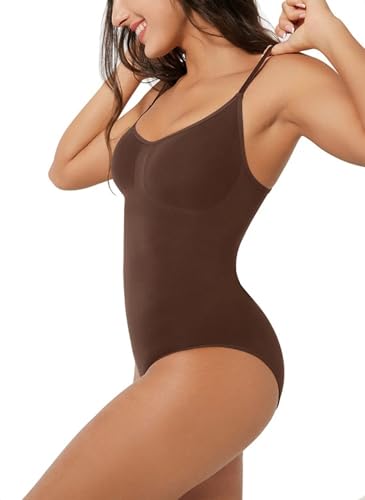Understanding Fabric Weight for Bodysuits
Bodysuits are popular and versatile articles of clothing that can be worn as undergarments, activewear or fashion statements. Their comfort, functionality and style depend on various factors, including the type and weight of the fabric used to make them. As a manufacturer, designer or buyer of bodysuits, choosing the appropriate fabric weight is crucial to achieve the desired look and feel, as well as meeting the needs of the wearer. Here is a guide to help you understand how fabric weight affects the quality and performance of bodysuits.
What is Fabric Weight?
Fabric weight refers to the mass or density of a textile material per unit area, usually expressed in grams per square meter (GSM) or ounces per square yard (OSY). It indicates how heavy or light the fabric feels and how much yarn or fiber is packed into a given space. Generally, the higher the fabric weight, the thicker, denser and stronger the fabric, while the lower the fabric weight, the thinner, lighter and softer the fabric. However, the relationship between fabric weight and thickness, durability or drapability is not always linear or proportional, as it also depends on the type, weave, finish and construction of the fabric.
Factors to Consider When Choosing Fabric Weight for Bodysuits
When deciding on the appropriate fabric weight for bodysuits, there are several factors to consider, such as:
- The intended use and function of the bodysuit
- The season and climate in which the bodysuit will be worn
- The desired style, silhouette and stretch of the bodysuit
- The type of fibers and yarns used to make the fabric
- The weave or knit structure of the fabric
Common Fabric Weights for Bodysuits
Depending on the factors mentioned above, bodysuits can be made from various fabric weights, ranging from lightweight to heavyweight, such as:
- Lightweight (100-150 GSM/3-4.5 OSY) – suitable for summer or athletic bodysuits that require breathability, moisture-wicking and mobility
- Medium-weight (150-200 GSM/4.5-6 OSY) – versatile and common fabric weight for bodysuits that can be worn in all seasons and for various purposes
- Heavyweight (200-300 GSM/6-9 OSY) – ideal for winter bodysuits that need warmth, insulation and structure, as well as for fashion bodysuits that require texture, coverage or support
How to Test Fabric Weight for Bodysuits
Although the fabric weight is usually specified on the label or technical data sheet of the fabric, it’s always a good idea to test it yourself before making or buying a bodysuit. Here is a simple test you can do at home:
- Take a small swatch of the fabric (about 4×4 inches)
- Weigh it in grams using a digital scale
- Divide the weight by the area (in square meters) of the swatch to get the GSM
- Convert the GSM to OSY by dividing it by 33.906
- Compare the result with the fabric weight range suitable for your bodysuit






